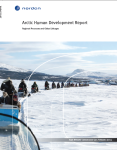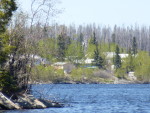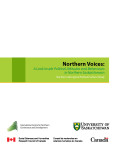All posts by Administrator
Previously, I’ve argued that establishing Sovereign Wealth Funds (government owned and managed investments, typically separate from foreign reserves, and sourced through budget surpluses, resource revenues, taxes, and other instruments; or, in other words, giant mutual funds for national, subnational, and Indigenous governments) for non-renewable revenues would be prudent fiscal policy for Canada (Link to What Crisis? Report). One of the principal reasons why is because SWFs can lead to greater investment stability.
Sovereign Wealth Funds typically invest in foreign financial assets. For instance, in 2010, Norway’s Government Pension Fund Global (GPFG) owned shares in almost 8,300 companies in more than 50 countries around the world (Lucke, 2010).
Why are SWFs good for investment stability? Here are 8 functions it performs:
- Mitigates Dutch Disease
The Dutch Disease is the phenomenon that occurs when an event (such as an oil boom) prompts a sharp rise in foreign investments into a country, which leads to the driving up of the country’s currency and, in turn, hurts trade. SWFs redirect revenues into funds, rather than directly back into the economy, which mitigates overheated government spending, creating fewer economic and business upheavals. - Protects inter-regional rivalries
By investing only in foreign assets, SWFs protect against inter-regional rivalries. This would be especially important within the Canadian context, as it avoids the already politically charged West-East economies. - Encourages fiscal discipline on governments
When governments do not have direct access to the influx of money made from resource booms or austerity during busts, it creates greater stability in investment environment. In 1998, Norway established the Norges Bank Investment Management (NBIM) and bestowed responsibility of investing the GPFG’s assets to this agency (Caner & Grennes, 2010). NBIM operates independently from, but is accountable to the Ministry of Finance. - Reduces nepotism and favoritism
By investing outside the country, SWFs reduce risks of nepotism and favoritism. Ultimately, it reduces risks around creating more stable investment environment. - Creates predictability of government budgets
SWFs which is critical to planning for infrastructure investments, as well as human capital development. This further builds certainty for investment. - Creates stability
Stable governments, both government services and government employees, create more stable work force and communities. Retaining highly skilled workforce across all sectors is critical, as this reduces risk for outside investment. SWFs can further build or reinforce confidence for long-term investors in their investments in energy projects. - Provides an investment tool to green-proof the resource sector
Investments in SWF can be directed, in part, into green technologies and green energy projects. - Builds intergenerational wealth
A key objective of SWFs is to spread wealth over generations, so that future generations continue to benefit from the development of a country’s non-renewable resources. This is especially important for countries that have limited natural resources.
– Featured photo via Flickr user . Shell, Creative Commons













